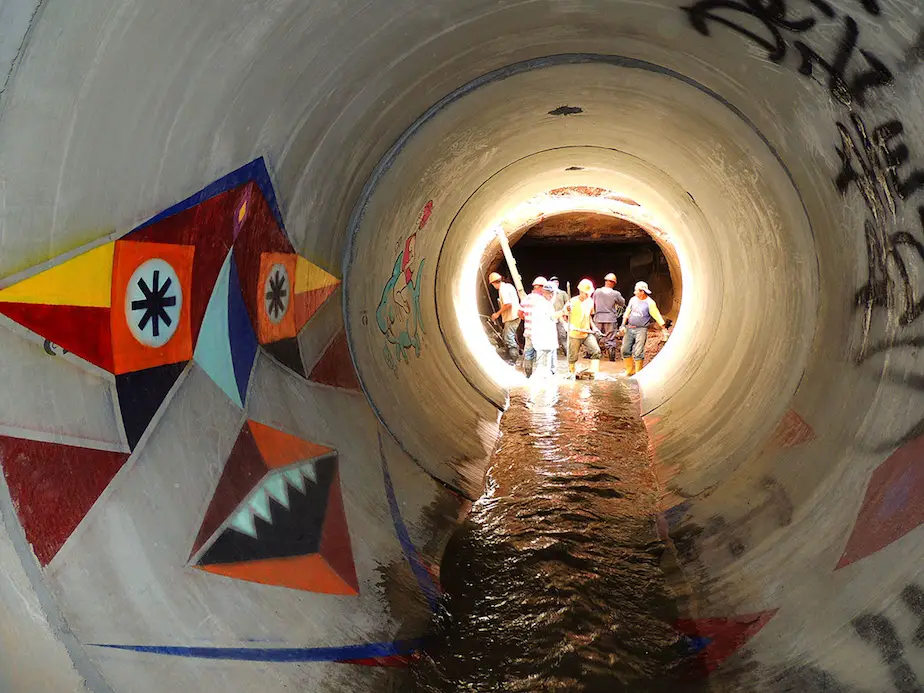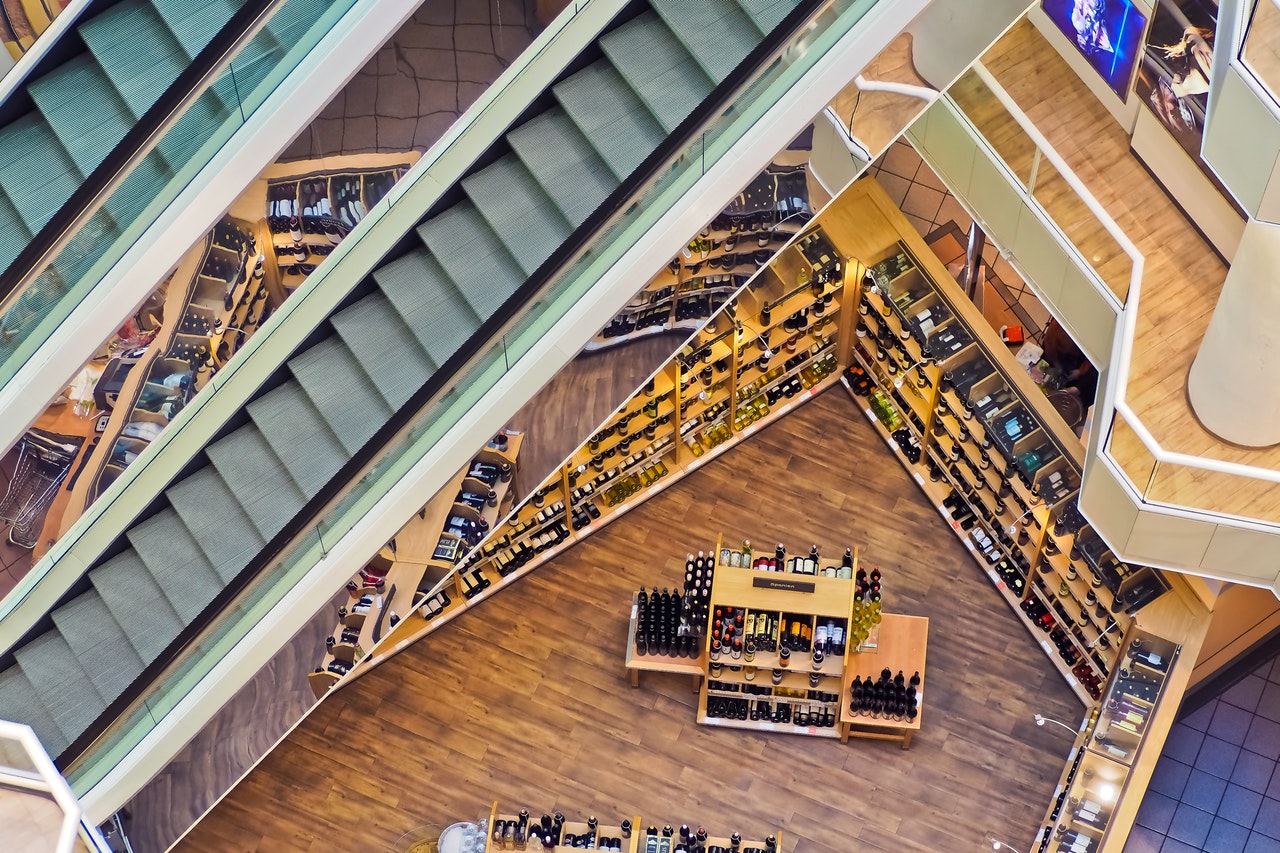It is well known that cities are ripe spaces for public art. By utilizing buildings, parks, and other city features as their canvases, artists are given the advantage of constant visibility and interaction with passersby. But what can public art do for a city that art housed by private institutions can not?
Barracas, a working class neighborhood in southeast Buenos Aires, Argentina, acquired a crime-ridden reputation during the 1980s when a freeway construction led to the demolition of over 20 residential buildings and two public parks. Most maps of the downtown area excluded Barracas, and tourist guides and agencies warned visitors not to go to the area. One local artist, Marino Santa Marina, attempted to change the neighborhood’s image both figuratively and literally by layering each house on his street, Pasaje Lanín, with colorful, sparkling mosaics. In response to his efforts local artists organized an open-air weekend art festival July through December. Investment was made into converting antiquated, large-scale structures such as textile factories into apartments, bars, restaurants, and even an art school. In June 2009, The New York Times wrote a special feature on the the neighborhood, and attributed its rejuvenation largely to the beautification of the area through the mosaics of Marina.
Using Barracas as an example, we pose the question: How can art be used to engage with public space and experience in urban environs? We invite a broad definition of public art into the conversation, whether it be outdoor sculpture, graffiti, performance art, installations, monuments, or memorials. Join our next #citytalk on 19 March at 7PM London time/3PM new York time as we discuss how public art can transform and determine urban communities and spaces around the world.
WHEN: Wednesday, 19 March 2014, 7PM London/3PM New York/9PM Cape Town
WHERE: On Twitter. Follow #citytalk or click here to join
WHO: Join This Big City and Future Cape Town.


